Question of the Day: There’s a blessing for lighting חנוכה candles. Two, in fact. Why isn’t there a blessing on giving or opening chanukah gifts?
And oh look, it's that ancient practice of Judaism, something all Jews do, the placing of the... Hanukkah.... gnomes?
IS THERE SOMETHING WRONG WITH THESE DREIDELS?
THE MESSAGE IN A COIN
Why was the new coin made to look like the old one? What connection is there between those that minted the first coin and those that minted the second?
Chag
Habanot
From
jewschool.com
Rosh Hodesh (the day of the new moon
in the Hebrew calendar) has long been associated with women, and modern
feminists have enjoyed turning that connection into an opportunity to create
ritual. This isn’t news to a lot of people.
What I didn’t know is that in some Jewish communities, dating back to about the Middle Ages or so, Rosh Hodesh Tevet–which happens during Hanukah–has been called “Hag Habanot”, or the Festival of Daughters, with a host of special observances around it.
In
North African countries, the seventh night of Chanukah, Judith’s night
of triumph, was set aside as Chag haBanot, the Festival of the Daughters. Chag
haBanot falls on the new moon of the Hebrew month of Tevet, which is the sixth
or seventh night of Chanukah. (Chanukah is the only Jewish holiday that
straddles two months. Rosh Hodesh, the celebration of the new month, is
classically a women’s festival.)
In
countries such as
There
might be a feast in honor of Judith, where participants would eat cheese to
remember Judith’s subterfuge (in the story, Judith feeds the enemy general
salty cheese to encourage his drinking of wine so that she can kill him once he
has passed out), or women might take food from a ritual meal of Talmud scholars
and give it to their daughters as protection from harm. There was also a custom
of passing down inheritances on Chag haBanot.


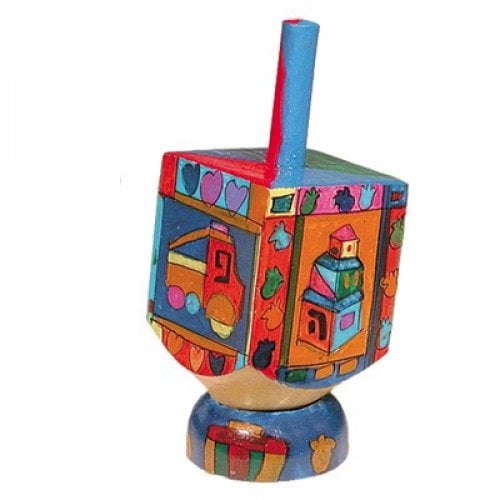
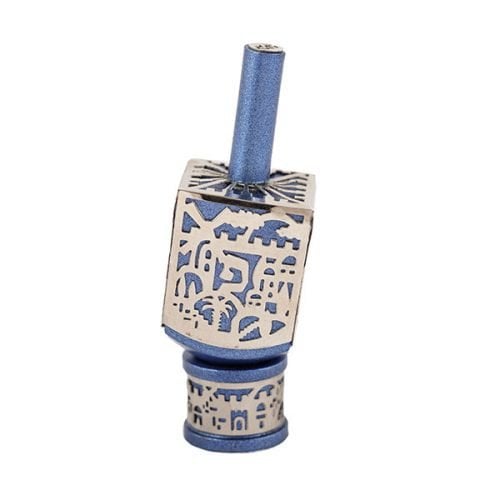
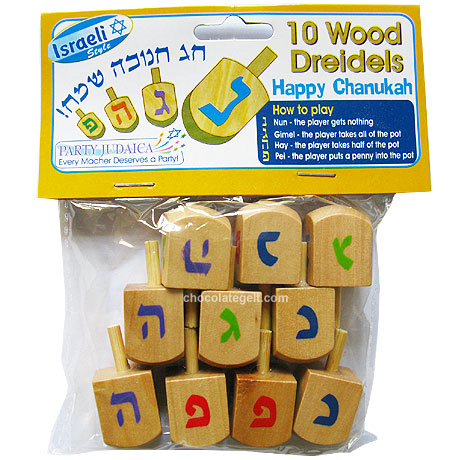
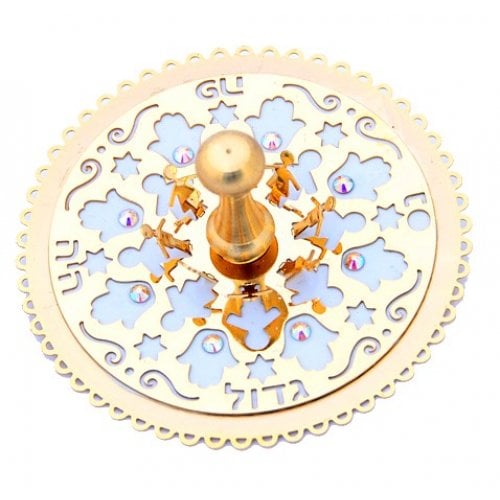
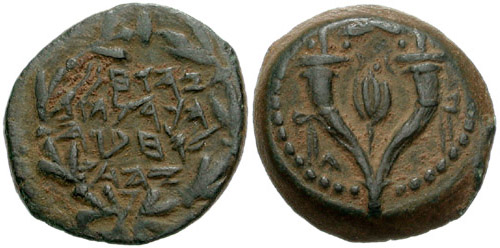


No comments:
Post a Comment